On this page you will find a selection of discussion questions that I have used in my lessons. My reflections on the assignment are in italics.
History 210: The Ancient World (Fall 2015) Questions:
Plutarch’s The Life of Alexander the Great Lesson:
Think, Pair, Share: Describe the mosaic. What does it tell us about how the Romans viewed Alexander the Great?
The students’ reading assignment for the week was an excerpt from Plutarch’s Life of Alexander the Great. Viewing this mosaic, which was discovered at the ruins of Pompeii, served as the hook to engage students for the lesson. I wanted students to realize that Plutarch’s biography of Alexander is useful for more than facts. Plutarch lived centuries after Alexander’s death, so the biography reveals as much about the author and his world as it does about Alexander’s reign. The mosaic helped make this point. The Romans admired Alexander and the way in which they depicted him reflects their values.
Plato’s The Apology of Socrates Lesson:
Think, Pair, Share:
- Should a society place any limits on intellectual freedom (and/or freedom of speech)? If so, when?
- Can you give specific examples of situations where this freedom has been limited? What were the consequences?
- (Think Socrates)
I used this Think, Pair, Share topic at the beginning of a lesson in which we discussed an excerpt from The Apology of Socrates by Plato. The Apology is the defense that Socrates gave when on trial for corrupting the youth of Athens with his teachings. He was convicted and committed suicide. In my warm-up questions, I encourage students to make connections to other time periods, in concluding the present moment. Many students brought up the Red Scare of the 1950s as a moment in which intellectual freedom was constrained. I asked students how university’s protect intellectual freedom. Many students did not realize that the intent of tenure for faculty members is to allow them to pursue independent research. The lesson therefore promoted a better understanding of the university system in which students are enrolled as well as a foundational text of ancient philosophy.
History 102: America Since 1865 (Spring 2015) Discussion Questions:
Dr. Martin Luther King, Jr.’s “Letter from A Birmingham Jail” Lesson:
Objectives:
- Identify the tactics and strategies activists in the civil rights movement used to achieve change
- Analyze the differences and tensions that exist within a social movement
- Evaluate the successes and limitations of the civil rights movement
Lesson Activity: Close Reading
- What tactics and strategies does Dr. King support in order to achieve change? How does he justify these tactics?
- Why is Dr. King disappointed in the white moderate?
- Why was King such an effective spokesperson for the civil rights movement?
- Were there any limitations to King’s approach?
I do close readings of primary source documents that I consider essential to understanding the course themes. Core texts should be read and re-read; they should make an impression on students that endures beyond the end of the semester.”Letter from a Birmingham Jail” is one such document. It is an eloquent defense of civil disobedience and articulates the urgency with which African Americans pursued their goals. For the close reading, I asked several volunteers to each read a few paragraphs aloud. When the reader paused, I asked the class to comment on whatever stood out to them from the passage. The questions above appeared in the PowerPoint as a guide. This is a very organic discussion format that I use once students are comfortable sharing their thoughts and understand how to read a primary source. As an instructor, this format requires me to be comfortable with silence. At first, students are hesitant to volunteer to read and to jump in with their thoughts. Once they warm up, we can have a very rich discussion. This was a successful activity because students engaged with the text with a reflective and contemplative mindset.
Cold War Lesson: Think, Pair, Share
- Richard Nixon visited Moscow in July 1959 to visit the American National Exhibition – model home on display
- Nixon and Kruschev got into an impromptu debate
- Why do you think the Americans built a model home at their exhibit?
- What does this debate reveal about the nature of the Cold War?
- Connections to lecture or primary sources?
- https://www.youtube.com/watch?v=-CvQOuNecy4
Students viewed an excerpt from a video clip of Vice President Richard Nixon debating Russian Premier Nikita Kruschev. After watching the video, students answered the questions as part of a “Think, Pair, Share.” Beginning class with a video clip generated interest and engagement from a variety of students. Students commented on the difference between the American and Russian economic models, America’s consumer culture, gender roles, and the centrality of homeownership to the American Dream.The video helped students understand the ideological contests of the Cold War.
History 121: Global History to 1750 (Fall 2014) Questions:
European Enlightenment Lesson
How does this etching of Louis XIV embody Enlightenment ideas? Where do you think he is? (Louis the XIV is depicted at the Academie des Sciences in Paris (1671) Founded in 1666.)
I used this image and these questions as a warm-up for a lesson on the European Enlightenment. Students had read to texts by Enlightenment authors, one by the Marquis de Condorcet and one by Daniel Defoe. Students often struggle to understand the Enlightenment because it was an intellectual movement based on abstract ideas. Analyzing a concrete image helped students visualize these values, such as rational inquiry and scientific exploration.
Safavid Empire Lesson:
Warm Up Question: Shah Abbas moved the capitol of Persia from Qazvin to Isfahan. Why might he have done this?
Shah Abbas ruled the Persian empire in the late sixteenth and early seventeenth centuries. I designed this open-ended question to encourage students to consider the motivations of historical actors. Students speculated that Isfahan’s central location was better for defense and trade. They also suggested that maybe he wanted to build a new city in order to enhance his personal legacy.
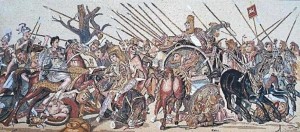
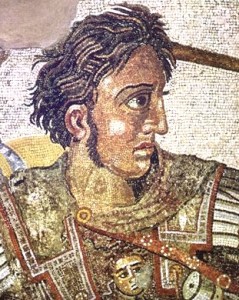
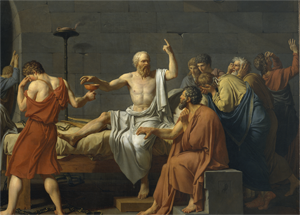

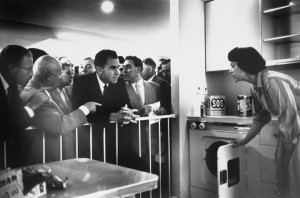

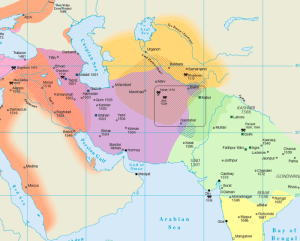
Recent Comments